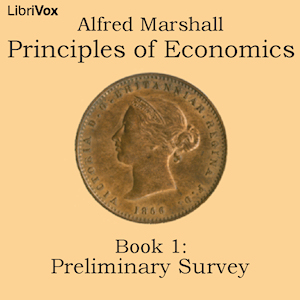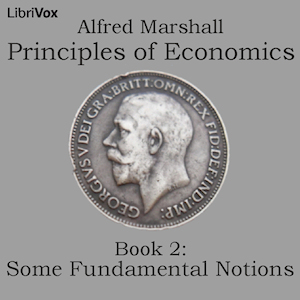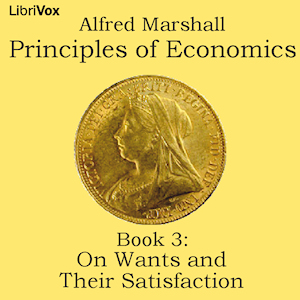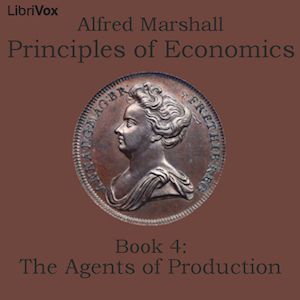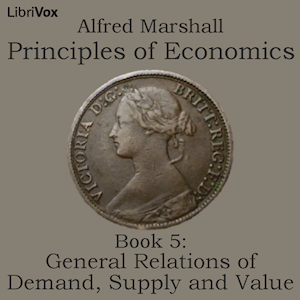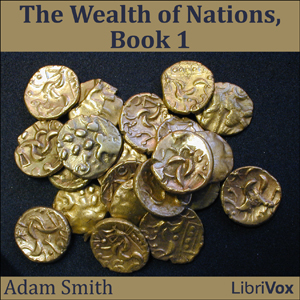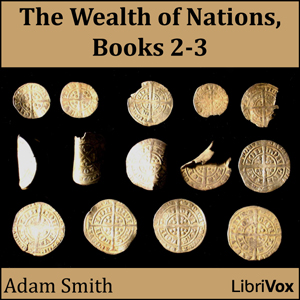- Dedication and Preface
- Ch 1, The Republic
- Ch 2, The American People
- Ch 3, Part 1, Cities and Towns
- Ch 3, Part 2, Cities and Towns
- Ch 4, Part 1, Conditions of Life
- Ch 4, Part 2, Conditions of Life
- Ch 5, Occupations
- Ch 6, Education
- Ch 7, Religion
- Ch 8, Pauperism and Crime
- Ch 9, Agriculture
- Ch 10, Part 1, Manufactures
- Ch 10, Part 2, Manufactures
- Ch 11, Mining
- Ch 12, Trade and Commerce
- Ch 13, Part 1, Railways and Waterways
- Ch 13, Part 2, Railways and Waterways
- Ch 14, Part 1, Art and Music
- Ch 14, Part 2, Art and Music
- Ch 15, Literature
- Ch 16, Part 1, The Federal Constellation
- Ch 16, Part 2, The Federal Constellation
- Ch 17, Foreign Affairs
- Ch 18, Part 1, The Government's Non-Political Work
- Ch 18, Part 2, The Government's Non-Political Work
- Ch 19, Part 1, The National Balance Sheet
- Ch 19, Part 2, The National Balance Sheet
- Ch 20, Part 1, General Reflections
- Ch 20, Part 2, General Reflections
- Ch 20, Part 3, General Reflections
Subtitled "Fifty Years' March of the Republic," this is steel tycoon Andrew Carnegie's love letter to America, first published in 1886, an impassioned celebration of the American success story, and a call for other nations to follow in America's footsteps. Through simple, direct discussions of the nature of the American character and her jobs and education, religion, industry, art and literature, foreign affairs, and more, Carnegie sets out a case for a brand of conservative democracy for the world to emulate. Carnegie was born in Scotland and emigrated to America as a teenager. His Carnegie Steel Company launched the steel industry in Pittsburgh, and after its sale to J.P. Morgan, he devoted his life to philanthropic causes. His charitable organizations built more than 2,500 public libraries around the world, and gave away more than $350 million during his lifetime. - Summary by Michele Fry
There are no reviews for this eBook.
There are no comments for this eBook.
You must log in to post a comment.
Log in



